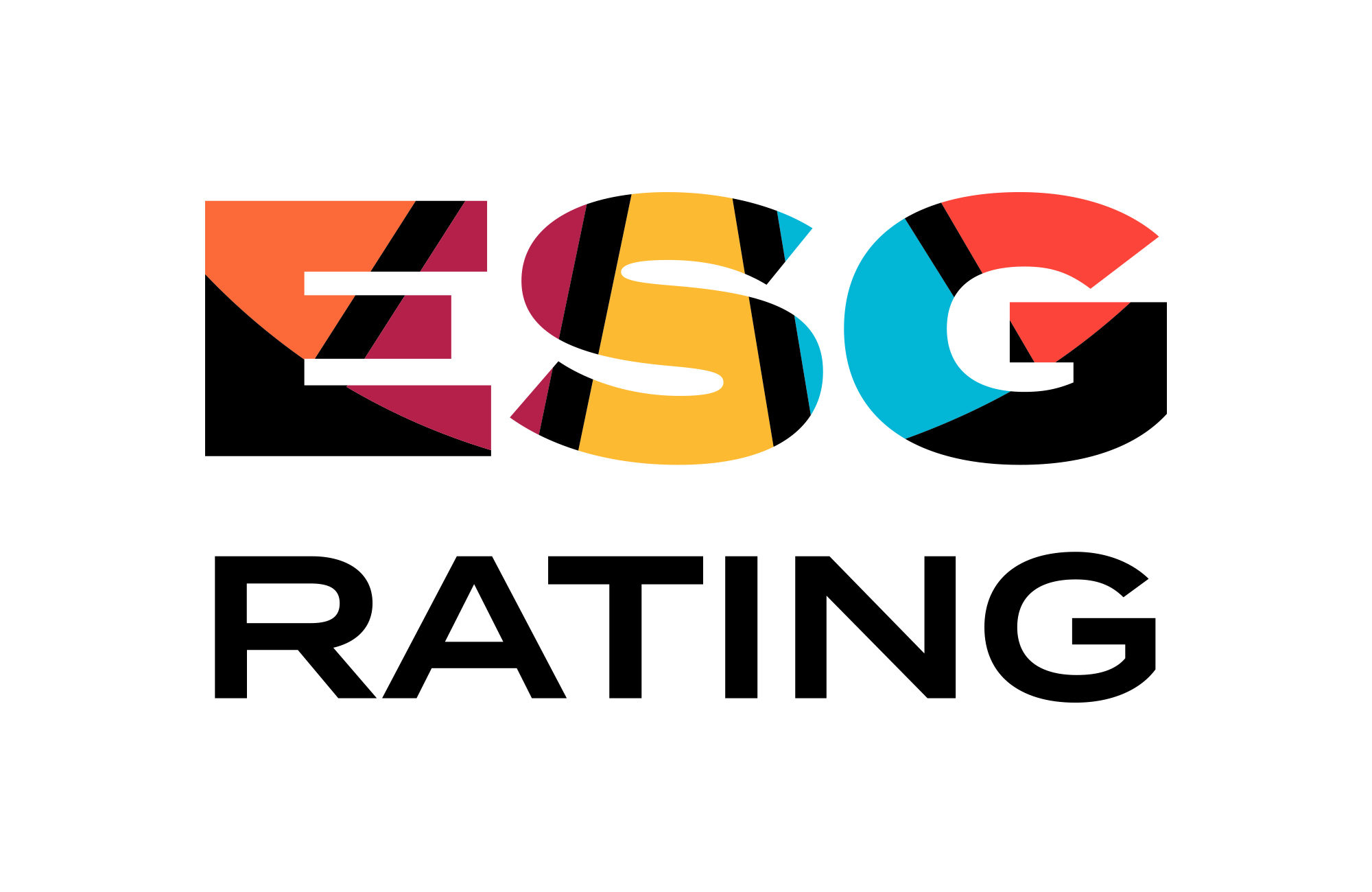This Year’s ESG Rating From the Hands of CEMS VSE in Marketing & Media
The ESG Rating, prepared by the CEMS programme taught at the Faculty of Business Administration for the Association of Social Responsibility, witnessed a 55% increase in applications compared to last year.
“The growing interest in ESG Rating shows that an increasing number of companies are coming to realise and appreciate the added value which the participation in the rating brings. The European CSRD (Corporate Sustainable Reporting) is looming, demand for ESG is growing across the board and business, and ESG Rating is a way for companies to do an internal audit of their ESG strategy and compare it to their competitors,” says Ladislav Tyll, Academic Director of the CEMS programme, who is the main figure behind the ESG Rating methodology.
The application process for this year’s ESG Rating is now closed, and the questionnaire filling and evaluation phase is underway. The results will go public at the end of October. Participants will receive a detailed overview from the evaluators on how they perform in each ESG area compared to other companies in the industry.
>>> Those that rank high in the ESG Rating will receive an exclusive feature in the ESG Rankings in the November issue of Forbes magazine.
Read more about this year’s ESG Rating in an article in Marketing & Media here (please note the read is in Czech).
ESG RATING | SDG AWARDS
The Rating provides a comparison of how the companies stack up against their peers and points out the weaknesses to work on in the future. Initially an idea, it was followed by months of hard work that eventually resulted in developing a methodology that evaluates the level of transparency in reporting various aspects of ESG activities, the strategies, the number of topics they address and what their reporting practices look like, the targets to improve the companies set into the future, and the projects & processes they include to achieve them in the long run.
What does the acronym ESG stand for?
E = “Environment”
The impact of the activities of companies and people on the planet, biodiversity.
S = “Social”
Firstly, in terms of the relationship between the company and its employees: What benefits do employees enjoy and receive? Does the employer exploit them? Can they work remotely? What is the company’s treatment of parents on parental leave? But also how we as citizens treat our environment. Are we, for example, members of some association or a charitable society? Do we contribute to any non-profit activities?
G = “Governance”
